Social media can be a great source of gardening inspiration and advice. Unfortunately, it can also be full of not-so-great advice. In today’s post, we’ve rounded up some of the common garden myths we’ve seen on social media recently. We dive into why they’re incorrect and what you can do instead.
Grind or Dehydrate Food Scraps for Fertilizer
The problem: Many sites recommend grinding or dehydrating food scraps, then soaking them in water and straining them or adding them directly to the garden. While this isn’t an extremely harmful practice, it is a bit wasteful. Despite your efforts of grinding or dehydrating, microbes will still need to break down those scraps to make them accessible to your plants.
The solution: Food scraps make excellent fertilizer after being composted. Setting up a home composting system is simple and requires no fancy equipment. Homemade compost is a gardener’s gold, helping you add nutrients and organic matter to the soil. Read more about making compost on our Black Gold post.
Epsom Salt is Good for Plants
The problem: Epsom salts are often touted as a great general garden amendment or as a good way to prevent blossom end rot in tomatoes. Unfortunately, adding Epsom salts to the soil can also add too much magnesium. High magnesium levels can prevent plants from taking up calcium and cause issues like blossom end rot. The one time Epsom salts may genuinely be helpful is if a soil test shows your garden is deficient in magnesium, which isn’t common.
The solution: Do the work to determine the cause of the issue you’re dealing with, get your soil tested, and select appropriate amendments with the help of your local agricultural extension agency.
If blossom end rot is your issue, your plant has likely had trouble taking adequate calcium. Calcium-deficient soil is relatively rare. Calcium is absorbed through the root tips, and failure to do so can be caused by insufficient watering during fruit growth, saturated soils, or fertilizer burn on the root tips. Rapid growth related to overfertilizing can also cause it, as the plant doesn’t have enough time to take up adequate calcium.
This same lesson applies to preventing blossom end rot with egg shells or milk.
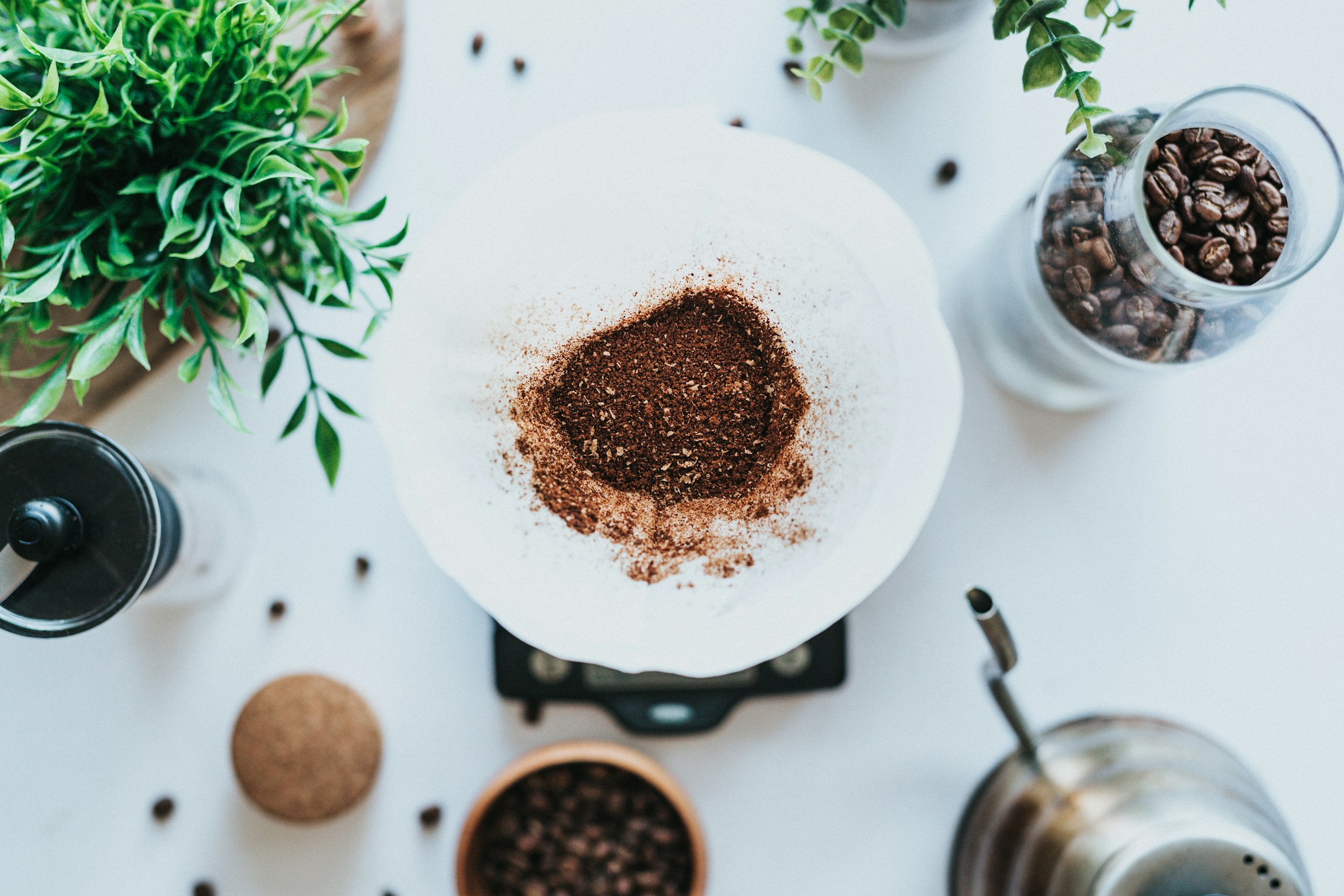 Use Coffee Grounds to Lower Your Soil pH
Use Coffee Grounds to Lower Your Soil pH
The problem: Contrary to this popular garden myth, coffee grounds don’t alter soil pH. While coffee grounds are a great addition to the compost pile, they won’t help you achieve more acidic soil for crops like blueberries or hydrangeas.
The solution: If you were previously worried about adding coffee grounds to your compost pile, you have nothing to fear. You won’t create acidic compost. However, if you aim to lower the pH and acidify your soil, opt for elemental sulfur instead.
Rocks Improve Drainage in Containers
The problem: This garden myth seems like it should be accurate, but water doesn’t always work the way we think it does! Rather than seeping between the rocks, the water moves sideways when it encounters a different layer, creating a saturated zone at the bottom of the soil. It’s known as a “perched water table.” Like a sponge sitting on top of gravel, the potting soil will only release water into the rocks below when it is absolutely saturated.
The solution: Use good-quality potting soil and containers with drainage holes. If you have containers without drainage holes, you can always make some. If you have ceramic pots, you can find ceramic-specific drill bits at most home improvement stores.
Add Banana Peels to the Soil to Increase Potassium
The problem: Banana peels are rich in potassium, but when you bury them in the garden, it’s not quickly accessible to plants. In fact, microbes will have to work to break down the banana peel and sometimes tie up nitrogen in the process.
The solution: Toss your banana peels in the compost pile to give your plants nutrients in the future. If your soil test shows a potassium deficiency, amend your soil with an organic fertilizer or kelp meal for a more quickly available form of potassium for your crops.
Add Sand to Heavy Clay Soils to Improve Drainage
The problem: Sandy soils obviously drain better than clay soils, so this one seems like a natural assumption. Unfortunately, this garden myth doesn’t work out well. In reality, the clay particles filter in between the sand particles and become compacted, forming a substance similar to concrete.
The solution: The best way to improve the drainage of clay soils is to add organic matter. The fastest way to do this is to add finished compost. We recommend top-dressing beds with a couple of inches of finished compost before planting. You can also use cover crops and mulch to help build up organic matter and soil health over time.
Make DIY Insecticides with Hot Peppers and Garlic
The problem: There are many social media recipes for one-size-fits-all homemade insecticides. These recipes often involve garlic, hot peppers, soap, or some combination of those ingredients, and they may work sometimes. Unfortunately, they may not work with every pest and often don’t address the root of the problem, leaving you to make and apply these sprays continually. They can also damage plants by destroying the waxy layer on leaves or blocking plants’ stomata.
The solution: The first step is to do your research and find out what pest species is snacking on your cops. Then, you can work to take the steps appropriate for that species. For some species, like tomato hornworms, it can be as simple as putting on garden gloves and hand-picking them. For others, like cabbage loopers, you can use a tried and true organic insecticide like B.t. (Bacillus thuringiensis), a bacteria that infects them.
Further, you can practice companion planting, crop rotation, and other integrated pest management methods to keep your garden healthy and pest-free over time.
Many tips and tricks can make a gardener’s life easier, but not all of these hacks and shortcuts are all that they’re cracked up to be. In many cases, the real solution is to slowly build up healthy soil through compost, cover cropping, and good garden management. Hopefully, you can have a more successful garden this season by avoiding these common social media garden myths.

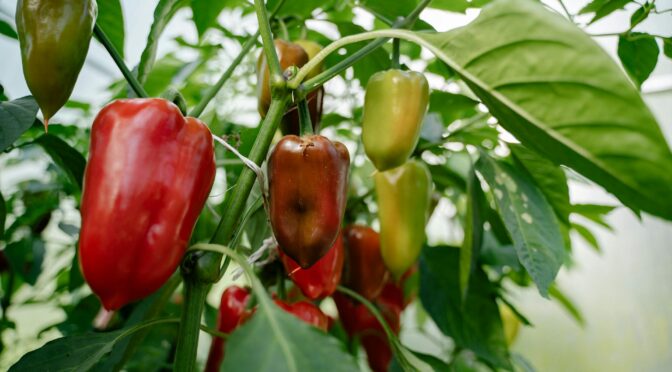
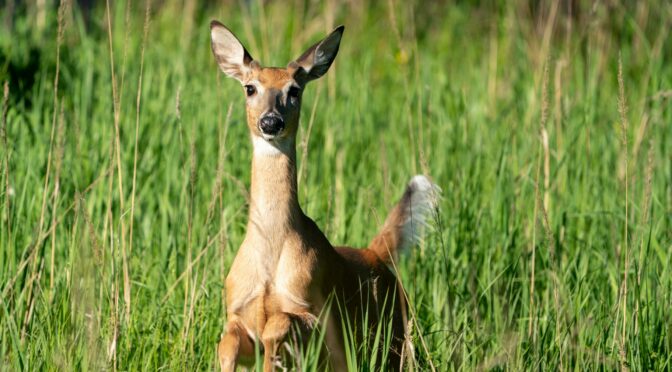
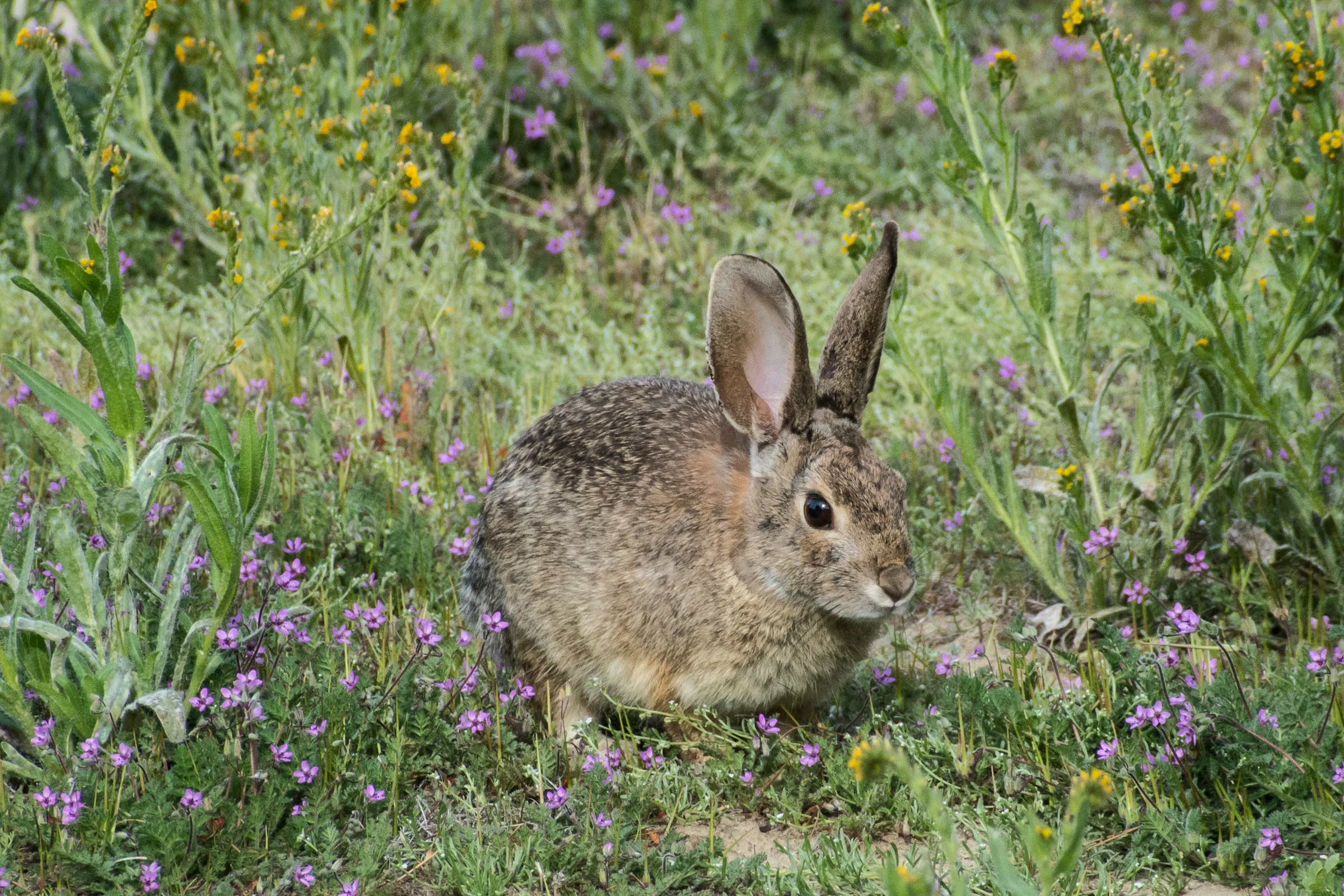 Small Mammal Fencing
Small Mammal Fencing
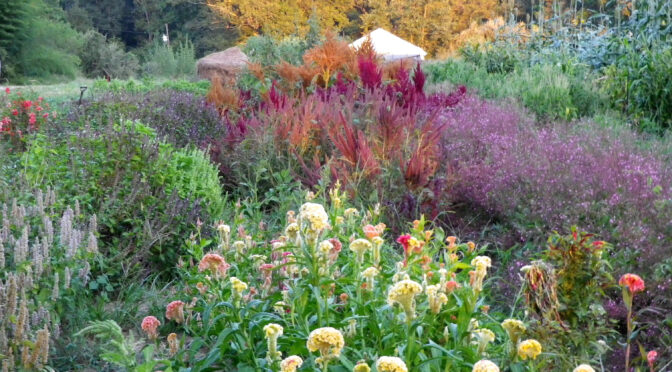
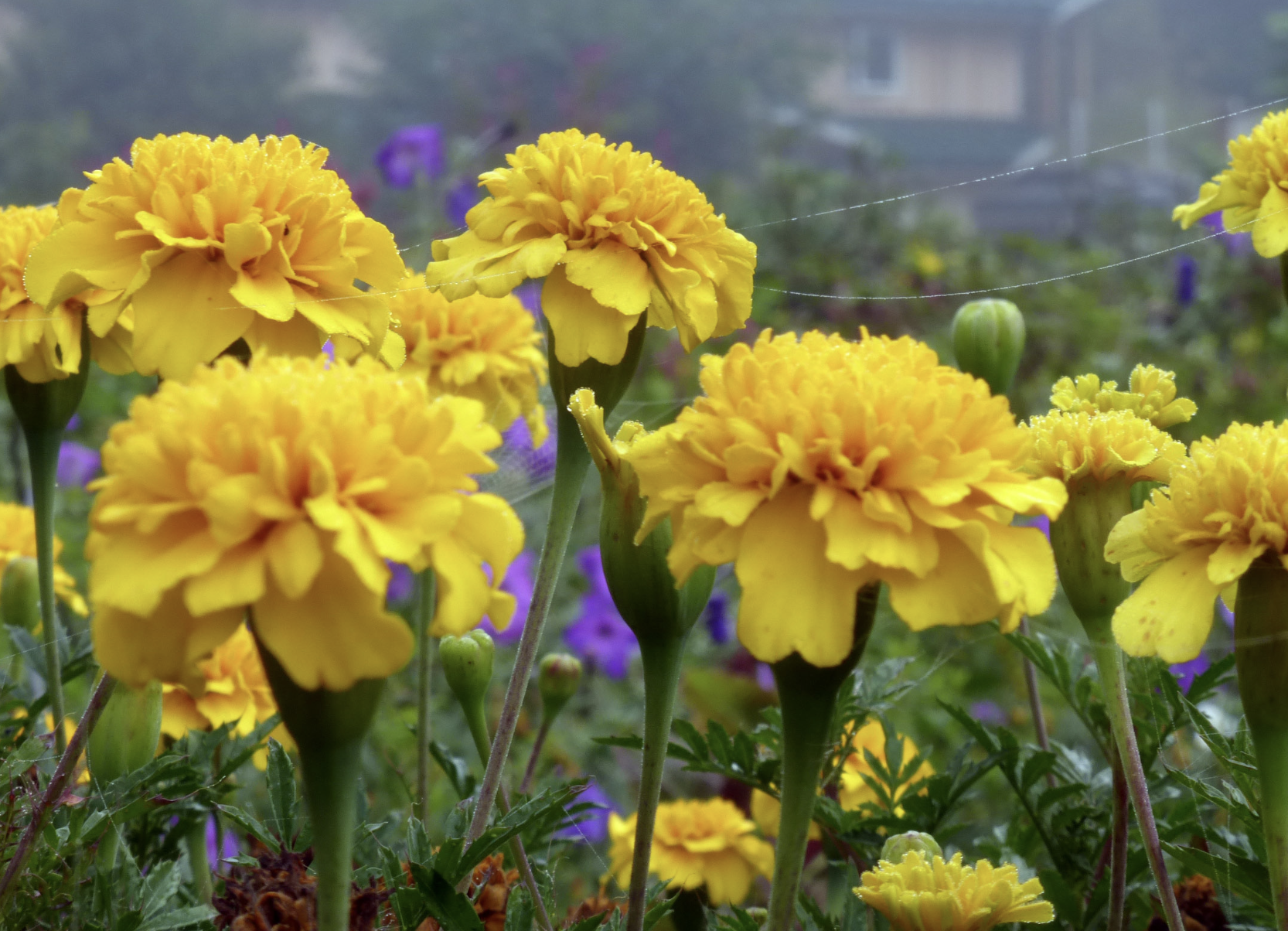
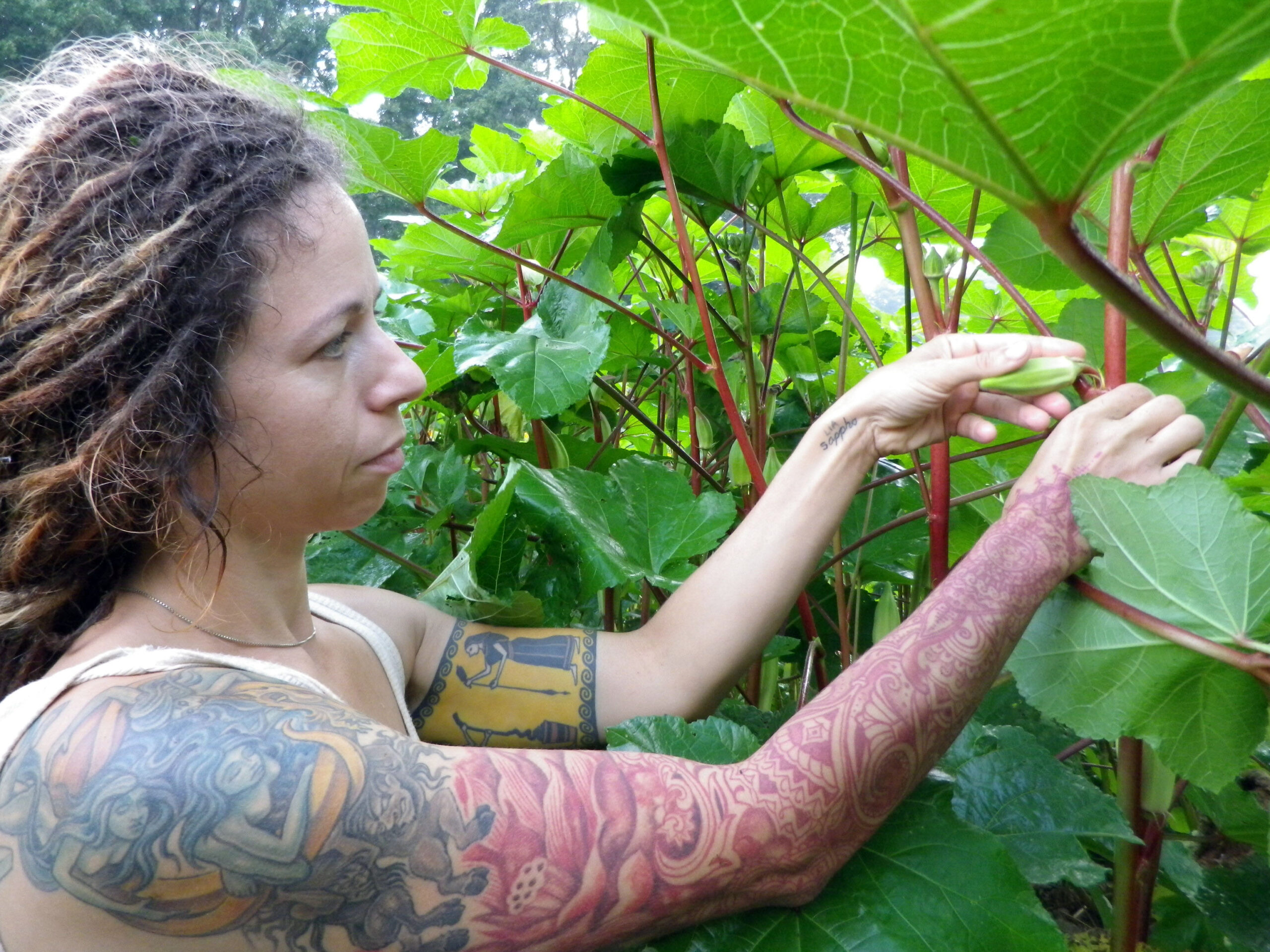 Natural Trellises & Shade
Natural Trellises & Shade